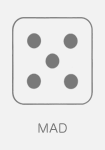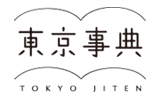Exhibition: Mercedes-Benz Art Scope 2018-2020
>>>> Japanese
Exhibition: Mercedes-Benz Art Scope 2018-2020
Participating Artists: Tsuyoshi Hisakado, Haris Epaminonda, Meiro Koizumi
July 23 (Thursday/national holiday) - September 6 (Sunday), 2020
Hara Museum of Contemporary Art (Tokyo)

The Hara Museum of Contemporary Art is delighted to present Mercedes-Benz Art Scope 2018-2020. Since 2003, the Hara Museum has partnered with Mercedes-Benz Japan in the Art Scope artist-in-residence program which invites young artists from Japan and Germany to live in and draw inspiration from a different cultural environment. Arts Initiative Tokyo [AIT] cooperate this program and artist-in-residence program.
In 2018, the Japanese artist Tsuyoshi Hisakado was sent to Berlin for the 2018-2020 program and from Germany, the Cypriot artist Haris Epaminonda was sent to Tokyo in 2019. This exhibition presents the fruits of their respective experiences, as well as recent works by a previous Art Scope participant, Meiro Koizumi (Berlin, 2010). All artists intend to present new work that addresses the current situation, made during a time of social and physical constraints.
Highlights
Hisakado has been drawing increasing attention for installations that incorporate samples collected of everyday phenomena, memories retained by particular locations and historical events and transformed into fragments of sound, light, and sculpture. Last year, his collaborative work with Apichatpong Weerasethakul debuted at the 58th Venice Biennale. The same year saw the staging of his first theater work Practice of Spiral. In March 2020, Practice of Spiral, his first large-scale solo exhibition in Japan, opened at the Toyota Municipal Museum of Art. For this exhibition, Hisakado, in his usual fashion of engaging in a dialog with a given space to find inspiration, will create an installation in the museum's Gallery II, taking advantage of its unique configuration − a gentle arc that seems to enclose the outer garden. Accompanying this installation will be other works that provide hints of possible future trajectories.
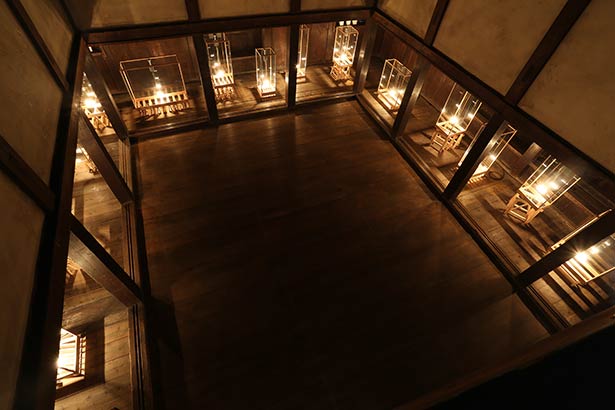
Tsuyoshi Hisakado, Gale, 2017 (reference image)
Haris Epaminonda uses the technique of collage in her film/video works and installations. She became a focus of international attention at the 58th Venice Biennale last year when she was given the Silver Lion for a Promising Young Participant. As a long admirer of Japanese culture that began with an interest in the Japanese film director Yasujiro Ozu, Epaminonda, on her maiden visit to Japan, chose to reside in both Tokyo and Kyoto. This exhibition is a rare chance to view works inspired by those two very different cities by an artist who last showed in Japan almost 10 years ago in the exhibition The Kaleidoscopic Eye: Thyssen-Bornemisza Art Contemporary Collection at the Mori Art Museum in 2009.
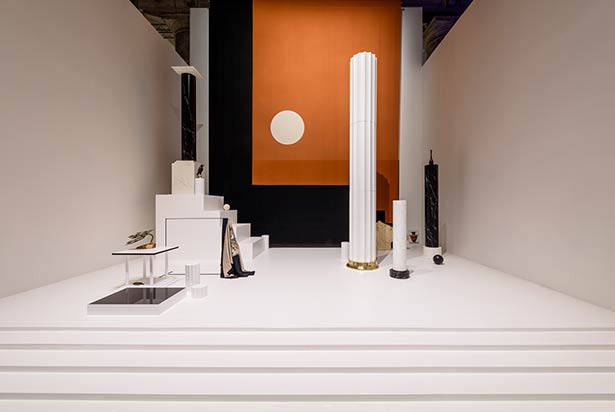
Haris Epaminonda, VOL. XXVII, 2019 (reference image)
Photo © Andrea Avezzù Courtesy: La Biennale di Venezia 58th International Art Exhibition- La Biennale di Venezia, May You Live In Interesting Times
Meiro Koizumi is known for works that use theatrical techniques to highlight the relationship between humans and humans, between humans and society, and between words and the body. In recent years, he has also been creating artwork that uses VR (virtual reality) technology. At the Aichi Triennale last year, Koizumi made a big splash with the premier of Prometheus Bound, his first theater piece using VR technology. This exhibition will feature works made during the most recent three-month period.

Meiro Koizumi, New Breath just After the Tempest, 2018 (reference image)
Participating Artists
Tsuyoshi Hisakado
Born in 1981 and lives in Kyoto, Hisakado received an M.F.A. in sculpture at Kyoto City University of Arts in 2007. His major exhibitions in recent years include Aichi Triennale 2016, Culture City of East Asia 2017 Kyoto: Asia Corridor Contemporary Art Exhibition, MAM Project 025 (Mori Art Museum, Tokyo, 2018) and the 58th Venice Biennale International Exhibition May You Live in Interesting Times. In 2016, he created the stage design for chelfitsch's Time's Journey Through a Room which was performed worldwide. In 2019, his debut theater work Practice of Spiral was staged at ROHM Theatre Kyoto as part of the Kyoto Experiment: Kyoto International Performing Arts Festival. Hisakado's first large-scale solo exhibition in Japan Practice of Spiral opened at the Toyota Municipal Museum of Art in March 2020.
Haris Epaminonda
Kingston University in England. In 2013, she was one of four artists shortlisted for Germany's preeminent art prize, the Preis der Nationalgalerie. She represented Cyprus at the 52nd Venice Biennale in 2007 Old earth, no more lies, I've seen you ... and the 58th Venice Biennale May You Live in Interesting Times where she won the Silver Lion for a Promising Young Participant. She has also contributed to many other international exhibitions such as the Berlin Biennale (2008) and dOCUMENTA 13 (2012) in Kassel, Germany. In Japan, she participated in the group exhibition The Kaleidoscopic Eye: Thyssen-Bornemisza Art Contemporary Collection at the Mori Art Museum in 2009.
Meiro Koizumi
Born in Gunma, Japan in 1976 and lives in Yokohama, Koizumi graduated from International Christian University and studied at Chelsea College of Art and Design (London). His past solo exhibitions include MAM Project 009 Koizumi Meiro at Mori Art Museum, Tokyo (2009), Projects 99: Meiro Koizumi at The Museum of Modern Art, New York (2013), Trapped Voice Would Dream of Silence, Arts Maebashi, Maebashi, Japan (2015) and Battlelands at Perez Art Museum Miami (2018). Group shows include Art Scope 2009-2011: Invisible Memories, Hara Museum of Contemporary Art (2011), Future Generation Art Prize 2012, Pinchuk Art Center, Kiev (2012), Demarcation, Ginza Maison Hermès Le Forum, Tokyo (2015), the 12th Shanghai Biennale (2018) and Sharjah Biennial 14, UAE (2019). His works are included in numerous collections all over the world. His VR-incorporated theater work Prometheus Bound was presented at Aichi Triennale 2019.
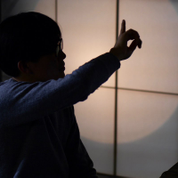
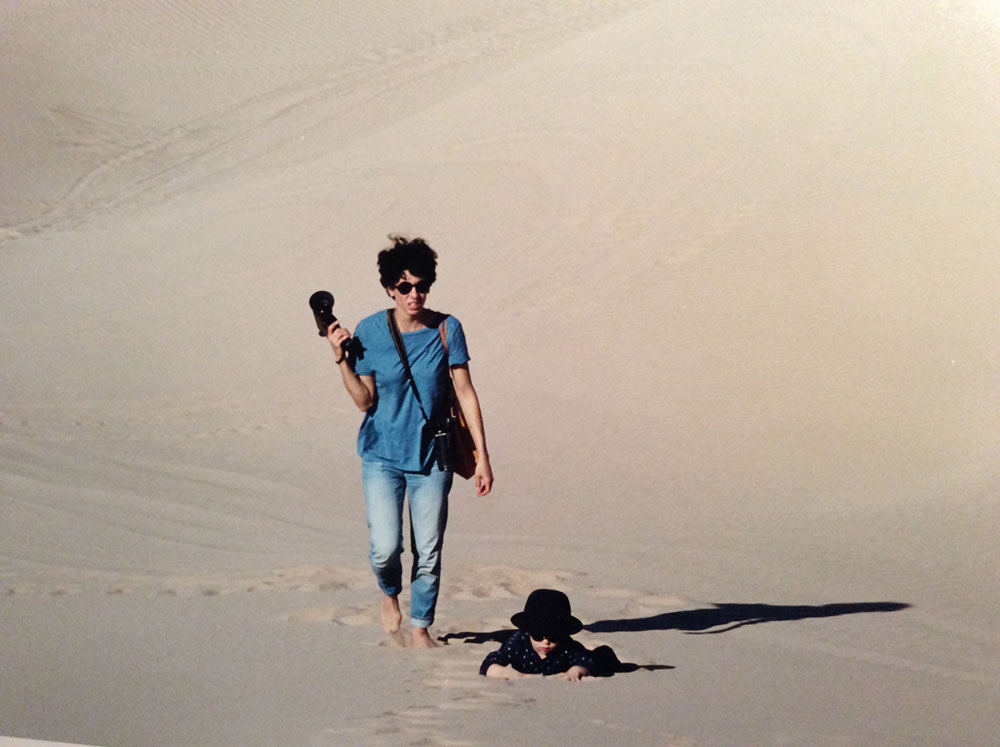
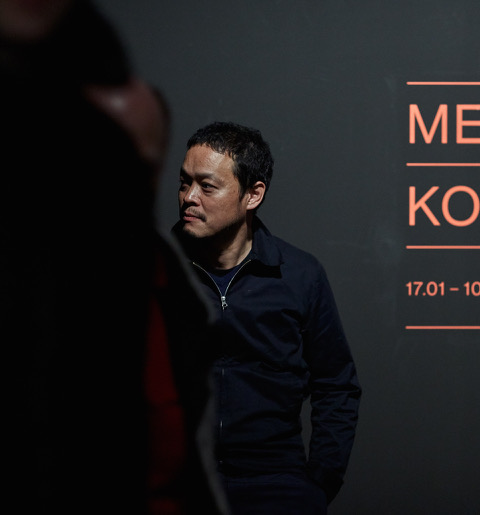
Left: Tsuyoshi Hisakado / Middle: Haris Epaminonda / Right: Meiro Koizumi
Exhibition Details
Title: Mercedes-Benz Art Scope 2018-2020
Dates (revised): July 23 (Thursday/national holiday) - September 6 (Sunday), 2020
Venue: Hara Museum of Contemporary Art (4-7-25 Kitashinagawa, Shinagawa-ku, Tokyo 140-0001)
www.haramuseum.or.jp
Organized by: Hara Museum of Contemporary Art and Mercedes-Benz Japan, Co., Ltd.
Under the auspices of: Embassy of the Federal Republic of Germany in Japan
Cooperation provided by: HOLBEIN ART MATERIALS INC.
Cooperation and residency program coordination provided by: Arts Initiative Tokyo [AIT]
Closed: Mondays (except August 10) and August 11
Admission: General 1,100 yen; Students 700 yen (high school and university) or 500 yen (elementary and junior high); Free for Hara Museum members and students through high school every Saturday during the school term
Directions: 5 minutes by taxi or 15 minutes on foot from JR Shinagawa Station (Takanawa exit); or from the same station take the 反No.96 bus, get off at the first stop (Gotenyama) and walk 3 minutes.
*A reservation is required in order to visit the museum. For details, please go to the museum website.www.haramuseum.or.jp
*Please note that the exhibition period and starting date are subject to change depending on the Covid-19 situation.
About Mercedes-Benz Art Scope
This program was launched in 1991 under the name Art Scope and the Hara Museum has been a partner since 2003. Starting with the present exhibition, the program has been renamed Mercedes-Benz Art Scope.
As its main points, the program seeks to promote the development of contemporary art and the exchange of culture between Japan and Europe by providing an artist-in-residence experience of approximately 3 months in Berlin for Japanese artists and in Tokyo for German artists, and organizing and holding a group exhibition featuring the participating artists at the Hara Museum to present the results of their experience.
In addition to the name change, it was decided that one past participant of the program would be invited as a guest artist. It was thought that by showcasing the recent work of past participants, a light would be shone on the trajectory of their post-residence careers, and therefore on the program's history and evolution of more than a quarter of a century.
In recent years, artist-in-residence programs have been flourishing throughout the world as a means of enabling individual artists to create work or conduct research for that purpose for a given period of time and to deepen cultural exchange at the place of residence. In Japan, municipalities, NPOs and other bodies have been actively engaged in such activities since the 1990s.
2020-6-26

